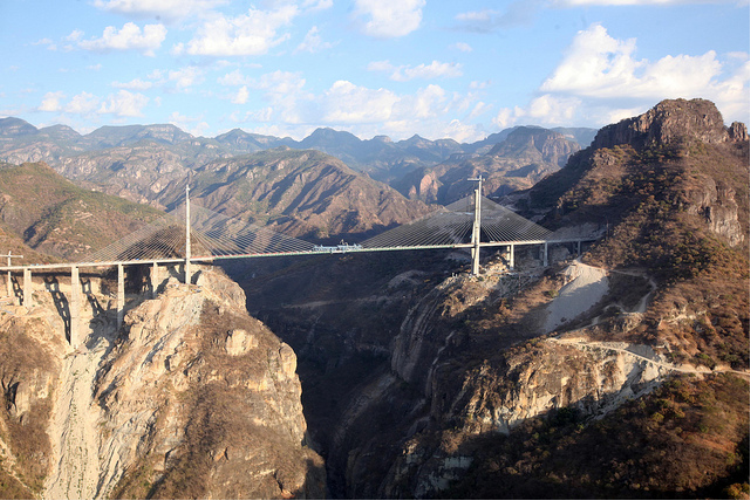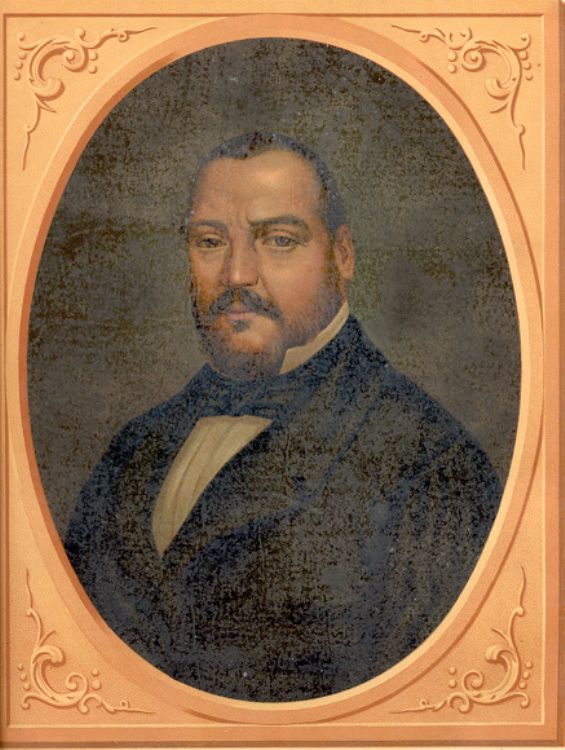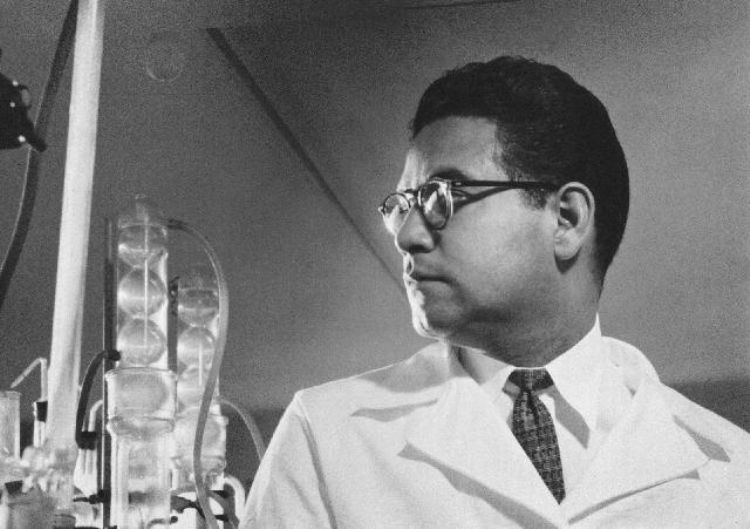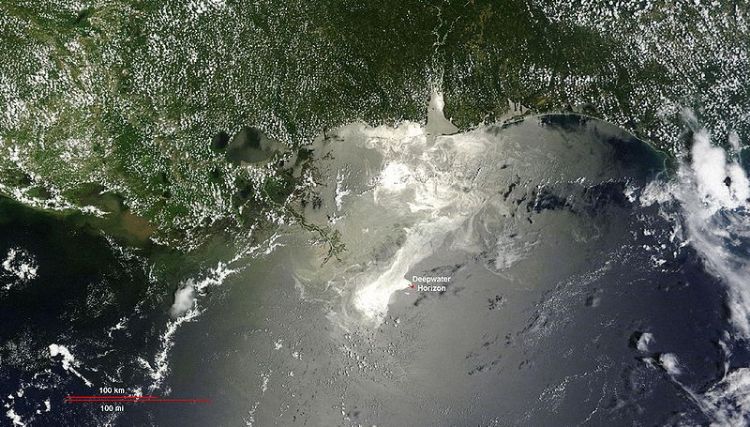The âBaluarte Bicentenarioâ Bridge in Mexico

The âBaluarte Bicentenarioâ Bridge (or Bicentennial Stronghold Bridge) is located in the mountainous area called "The Devil's Backbone" and is part of the works and memorials that were made to celebrate the Bicentennial Anniversary of Mexicoâs Independence and the 100 years of the Mexican Revolution. It is a cable-stayed bridge style, meaning that is suspended from several central pylons. This bridge connects the states of Durango and Sinaloa, with the highway Durango-Mazatlán. Its name was given based on the river that flows under it, called Río Baluarte. Its nearest community is La Concordia.
The bridge has a length of 1124 meters, four lanes that are 14 m wide, and a maximum height above the river of 402.5 meters. This last characteristic is what has allowed it to be certified by the Guinness World Records as "The Highest Cable-Stayed Bridge Worldwide. " The structure is supported by 152 steel cables.
The time period of the construction of the Baluarte Bridge was almost four years (not including the time that it took to study the area), since it was initiated on February 21st, 2008 and formally ended on January 5, 2012. President Felipe Calderon attended its opening, as well as State Governors and the Secretary of Transportation and Communications. It is important to mention that, to the date of this writing, it has not yet been opened to the public. Once the highway is finished, the bridge is expected to connect Mazatlán and Durango and save people almost 80 kilometers of distance and more than 3 hours in time.
The cost is high because the work came to be around 2 thousand 180 million pesos, while the entire highway is expected to exceed 20 billion pesos. However it should be noted that a large part of the budget was destined to transport the materials through the very difficult terrain of the Sierra Madre Occidental. Also the ravines, mountains and other features of the area represented many challenges to engineers and architects. Construction companies were TRADECO and BIMSA, while the responsible for the hydraulic and topographic studies was the Grupo Tríada.
While it certainly is a wonder of engineering, the bridge is only part of the ambitious plan to reduce costs and transfers from one ocean to another, by connecting the ports of Matamoros in the Atlantic, with Mazatlán in the Pacific with a road. If this step is used to move goods from one end of the ocean to another, you can save up to 6 hours compared with the use of the Panama Canal.
However, perhaps the greatest merit of the bridge is that, unlike other monuments and celebrations of the Bicentennial, the Baluarte Bicentenario Bridge is approved (and admired) for almost the entire population , a privilege not given by the citizens to the other festivities of the celebration, including the Estela de Luz monolith!
Photo: Gobierno Federal






